 Go Deeper! Nara's Historical and Cultural Resources
Go Deeper! Nara's Historical and Cultural Resources
 The Progress of Buddhism in Nara Prefecture
The Progress of Buddhism in Nara Prefecture
-
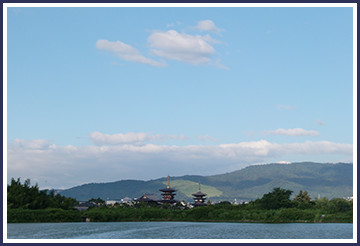
- Nara’s History and Its Relationship with Buddhism
- The history of Nara is inextricably linked with Buddhism. Buddhism has seen a great many changes, from its ancient origins, to struggles for acceptance, worship by powerful families, incorporation into state policy, and eventual spread through common society, and Nara served as the stage for each of these important developments. Nara is also home to temples and shrines such as the Nanto Shichi Daiji (Todai-ji Temple, Saidai-ji Temple, Horyu-ji Temple, Yakushi-ji Temple, Daian-ji Temple, Gango-ji Temple, and Kohfuku-ji Temple)—the seven famous temples of the ancient southern capital—and a bounty of other historical and cultural resources with ties to Buddhism. Kukai (774–835), the famous monk, took the esoteric teachings of the Nara period (710–794) and paved the way for a new style of Buddhism. In these and other ways, the Buddhism of Nara had a huge impact on the developments in the religion that were to follow. It is no exaggeration to say that the history of Nara cannot be told without Buddhism.
-
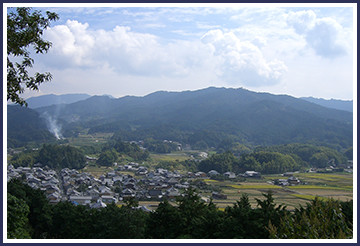
- The Origins of Buddhism in Japan
- Around the middle of the 6th century (a likely theory suggests the year 538), during the rule of Emperor Kimmei, King Seong of Baekje (one of the Three Kingdoms of Korea) sent a statue of Buddha and a book of sutras to Japan. This is said to be the beginning of Japanese Buddhism. Upon receiving the statue, legend has it that Emperor Kimmei was deeply impressed by its gold plating, remarking “How the face of the Buddha shimmers.” However, the country already had its own indigenous religion in the form of ancient Shinto, and the “foreign deities” of Buddhism would face many trials and tribulations along their path to acceptance. Eventually, Buddhism would come to divide the country. It was the defeat of the anti-Buddhist Mononobe clan at the hands of the Soga clan that saw Buddhism gain official government support, and as a result, temples including Asuka-dera Temple, Tachibana-dera Temple, and Kawahara-dera Temple would go on to be constructed one after another in the Asuka region of Nara.
-
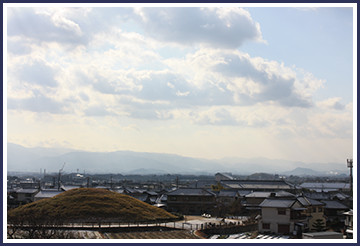
- Prince Shotoku
- Having become the crown prince of Empress Suiko, Prince Shotoku introduced the teachings of Buddhism to the country’s government. Said to have already been reciting Buddhist incantations at the age of two, some of Nara Prefecture’s temples even feature statues of Prince Shotoku at that age. When he removed himself from society to study Buddhism at Ikaruga no Miya, it is believed that every day Prince Shotoku would straddle his beloved horse Kurokoma and traverse the Taishi-michi highway, which cut straight across to Asuka. It is also said that he authored Japan’s first annotated commentaries on Buddhism, the three-volume Sangyo Gisho. A focus of his teachings was to communicate to the people in simple language, for example with adages such as “the world is nothing but falsehood, only Buddha is true,” and “do no evil, perform good deeds.” Prince Shotoku’s thinking would go on to have a huge influence on the spread of Buddhism and its fundamentals are still evident today.
-
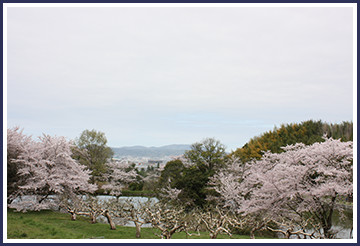
- Overcoming Repeated Adversity
-
Buddhism in Nara Prefecture has experienced much difficulty. In 1181, sparked by the Genpei War, many buildings including Todai-ji Temple and Kohfuku-ji Temple were destroyed by fire. During the Sengoku period (1467–1568), Matsunaga Hisahide, who had built his castle on Mount Shigi in the town of Heguri, fought against the Miyoshi clan, and Todai-ji Temple of all places would serve as the battleground. In 1567, once again in the midst of violent battle, Todai-ji’s Great Buddha Hall was lost to fire, and the giant statue of Buddha itself was reduced to mere ruins. The priest Kokei saw to the reconstruction of the Great Buddha Hall in 1709.
Shinto and Buddhism were eventually distinctly separated with an order from the Meiji government. This resulted, however, in the so-called haibutsu kishaku, tantamount to the abolition of Buddhism and the rejection of its teachings. In Nara Prefecture, Uchiyamaeikyu-ji Temple, a large temple in Tenri City, was burned down, Kohfuku-ji Temple’s buildings were destroyed, and many other temples were damaged. These are some of the hardships Buddhism and its temples in Nara Prefecture have endured along the path to where they are today.
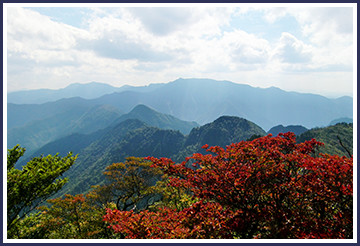
Buddhism in Nara Prefecture is not limited to its seven famous temples. Buddhist sites can be found across the prefecture, including the World Heritage Sacred Sites and Pilgrimage Routes in the Kii Mountain Range, and Jodo-shin sect temples that had an enormous influence on the people of the medieval and early modern ages. Using the Historic Cultural Resource Database on this site as a guide, you may find it interesting to approach Nara’s historic and cultural resources in terms of their relationship with Buddhism.
Supervising editor: Prof. Yasuhiro Terasaki
Department of History, Faculty of Letters, Nara University
